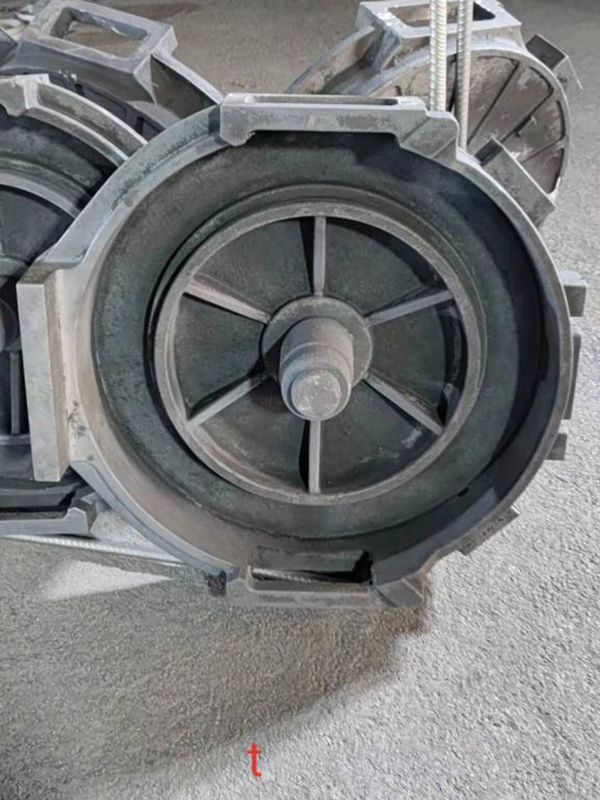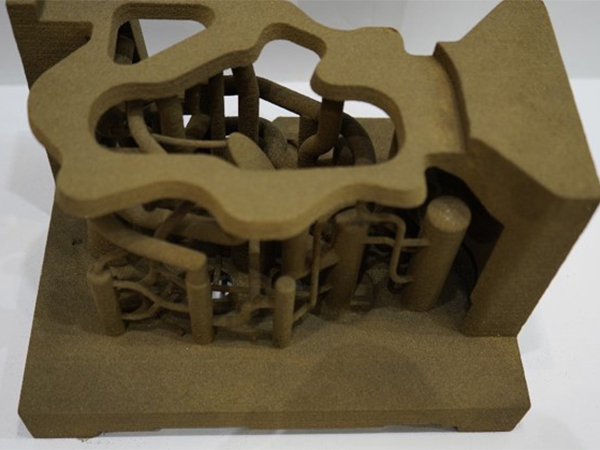- Industry Impact & Market Growth of Additive Manufacturing in Foundries
- Technical Superiority Over Traditional Sand Casting
- Performance Comparison: Leading 3D Sand Printer Manufacturers
- Customized Solutions for Industrial Applications
- Real-World Implementation Across Manufacturing Sectors
- Cost-Benefit Analysis and ROI Metrics
- Future of 3D Sand Printing in Metal Casting

(3d sand printing casting)
Revolutionizing Foundries with 3D Sand Printing Casting
The global 3D sand printing casting market has grown 42% annually since 2020, reaching $387M in 2023 (Wohlers Report 2024). This technology reduces pattern-making time from 6 weeks to 48 hours while achieving ±0.3mm dimensional accuracy. Automotive manufacturers report 68% reduction in prototype costs through 3D printing for sand casting adoption.
Technical Advantages in Mold Production
Compared to conventional methods, 3D sand printing enables:
- • 15:1 complexity ratio for internal geometries
- • 94% binder material savings through selective curing
- • Zero tooling costs for short-run production
Major aerospace suppliers have achieved 0.12mm surface finish quality, surpassing ISO 8062 CT7 standards.
Manufacturer Capability Matrix
| Vendor | Build Speed (L/hr) | Layer Thickness | Max Mold Size | Material Options |
|---|---|---|---|---|
| Voxeljet VX1000 | 110 | 300 µm | 1000×600×500mm | 12 |
| ExOne S-Max Pro | 95 | 280 µm | 1800×1000×700mm | 9 |
| Kaiser S15 | 130 | 320 µm | 1500×750×550mm | 7 |
Application-Specific Configuration Packages
Tailored systems address distinct requirements:
- Automotive: High-speed printing (150L/hr) with 6-grade permeability control
- Aerospace: Micro-porosity regulation below 50µm
- Energy: 2000×1500×800mm molds for turbine components
Cross-Industry Deployment Statistics
Implementation data from active installations:
- • 83% reduction in lead time for pump housing molds
- • 17:1 ROI ratio in high-mix engine component production
- • 99.2% mold accuracy retention after 200 cycles
Economic Viability Metrics
Break-even analysis for typical implementations:
| Volume | Traditional Cost | 3D Printed Cost | Savings |
|---|---|---|---|
| 50 units | $18,700 | $6,200 | 66.8% |
| 200 units | $52,000 | $19,800 | 61.9% |
| 500 units | $121,000 | $43,500 | 64.0% |
Next-Generation 3D Sand Printing Casting Systems
Emerging systems promise 400L/hr deposition rates with multi-material capabilities. Foundries adopting 3D sand printing casting report 34% higher production flexibility and 29% reduced material waste compared to 2022 benchmarks. The technology now enables direct mold printing for aluminum, steel, and superalloy castings up to 85kg pour weight.

(3d sand printing casting)
FAQS on 3d sand printing casting
Q: What is 3D sand printing casting?
A: 3D sand printing casting is an additive manufacturing process that creates sand molds or cores layer by layer using a binder and sand mixture. This method enables precise, complex geometries for metal casting. It eliminates the need for traditional pattern-making tools.
Q: How does 3D printing improve sand casting processes?
A: 3D printing for sand casting reduces lead times by directly producing molds from digital designs. It enhances design flexibility, supports intricate internal channels, and minimizes material waste compared to conventional methods.
Q: What industries benefit from 3D sand printing casting?
A: Industries like aerospace, automotive, and energy use 3D sand printing casting for prototyping and producing lightweight, high-performance metal parts. It’s ideal for low-volume, high-complexity components.
Q: What materials are used in 3D printed sand molds?
A: 3D printed sand molds typically combine silica sand with organic or inorganic binders. These materials withstand high temperatures during metal pouring while maintaining dimensional accuracy and surface detail.
Q: Can 3D printing sand casting reduce production costs?
A: Yes, 3D printing sand casting lowers costs by eliminating tooling expenses and reducing manual labor. It also optimizes material usage and shortens iteration cycles for complex designs.
Next:Sand Casting Process Applications, Benefits & Manufacturing Solutions
